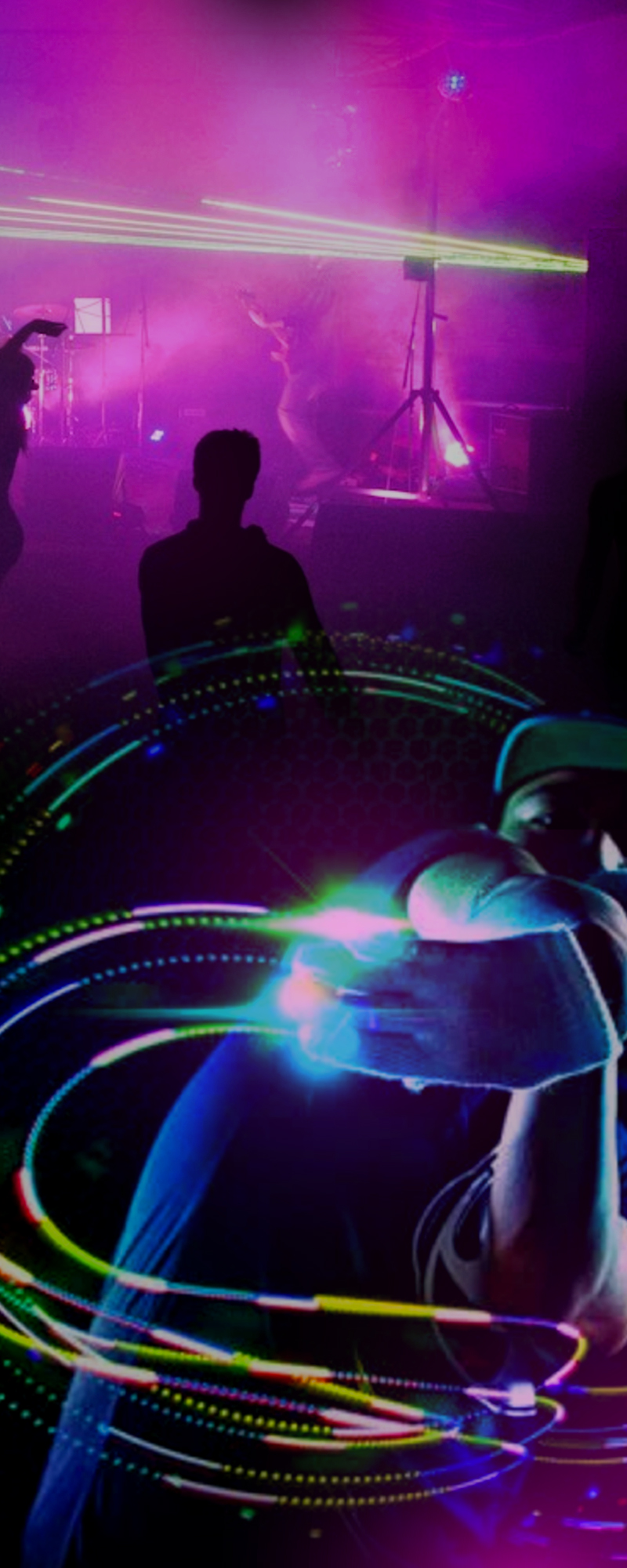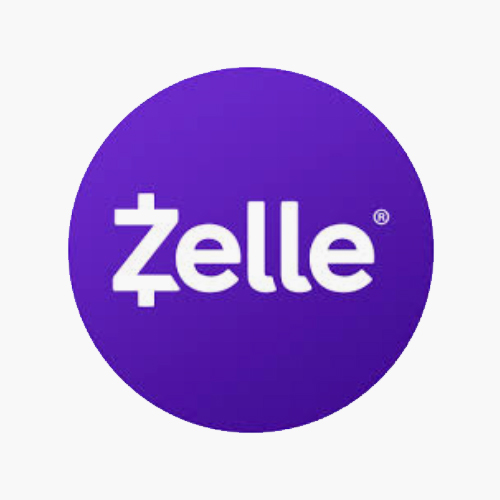
FAQs
We accept Apple Pay, Android Pay, PayPal, Venmo, Zelle, and more. Contact us to discuss additional payment options.





Yes, we regularly work with non-profit clients and usually offer a combination of preferred rates and donation in kind to maximize cost savings to your organization.
Good Samaritan Laws vary from state to state so it’s important to note that the California Good Samaritan Law does not cover organized medical volunteers and does not include places where medical care is usually provided, such as at a first aid tent. Generally, the California Good Samaritan law only offers protection for those individuals who provide care during spontaneous emergencies unrelated to volunteering or working in a medical capacity.
This means that event owners that have their own medical volunteer crew that wear medical t-shirts with the event’s name on it are exposing themselves to liability in the event something goes wrong. The best way to prevent this sort of exposure is to work with an outside organization such as MARS.
Please note that this does not constitute legal advice and MARS recommends you consult your organization’s attorney before utilizing your own medical volunteers.
MARS generally requires a commercial tent (exact size depends on event size), shade structure, or secure room for MARS to establish a base of operations and treatment area. It is important for event planning that this resource shall be located to be easily accessible by emergency responders such as fire and ambulance personnel. Access to the event site and parking needs to be planned for emergency vehicles and MARS response vehicles.
The treatment area should also be generally equipped with the following resources: power, tables, chairs, trash, and adequate lighting. Proximity to bathrooms is also an important consideration in planning the physical layout of your event site. Depending on the size and type of event, bottled water for patients, and radios to communicate with event security during medical emergencies are also a standard logistical consideration.
While it’s important to look out for the well being of your event participants and being prepared for emergencies, there are a number of reasons why this could be damaging to you, the event and even your participants.
Here are some reasons why:
- Liability. One of the most important considerations is the liability exposure for your event and your organization if someone gets seriously hurt or dies. Most moonlighting EMTs, Paramedics, or Nurses, don’t have business licenses or insurance and are operating illegally. Many operate without proper medical direction which further exposes liability to the venue or promoter. Medical direction is required for any EMT, Paramedic, or Nurse to work since they all technically require oversight from a doctor. In addition to having all of these considerations covered, MARS provides the venue and the event with contractual liability indemnification and removes workers compensation considerations of hiring moonlighting EMTs.
- Equipment. Additional liability emerges if moonlighting medical staff are not properly equipped for the size and/or type of event. For example, regardless of size or type of event, do they have oxygen and an automatic external defibrillator? These and several other basic medical tools and supplies require medical direction for non-physician medical staff to legally obtain and use.
- Professionalism. The visibility and sense of security that having uniformed medical staff provides for your event also adds a level of professionalism and trusted organizational recognition that moonlighting medics simply can’t provide.
- Experience. MARS’ leadership has over 20 years experience specifically in the special event and temporary mass gathering specialty of emergency medical services, communications, and fire safety. While most medical professionals are caring, compassionate, and experienced in their area of speciality, in the many cases MARS has observed, moonlighting EMTs usually don’t have the professional ambulance, field experience, or the specialized knowledge to properly manage your event.
We primarily provide Basic Life Support service, and can provide Advanced Life Support (ALS) through our Paramedics and Registered Nurses in select counties in California. Additionally our physicians can provide or direct ALS care throughout the state and lastly our allied partner ALS ambulances provide advanced care as well.
Our basic rule-of-thumb baseline is (1) one MARStian per 1,000 event participants, modified based on the event type and other risk factors and our required minimum staffing of (2) two people for the first 1,000 participants. The ratio varies considerably and is provided in the FAQ as a courtesy to give promoters, event planners, and venues a general idea of the size of team required for their event.